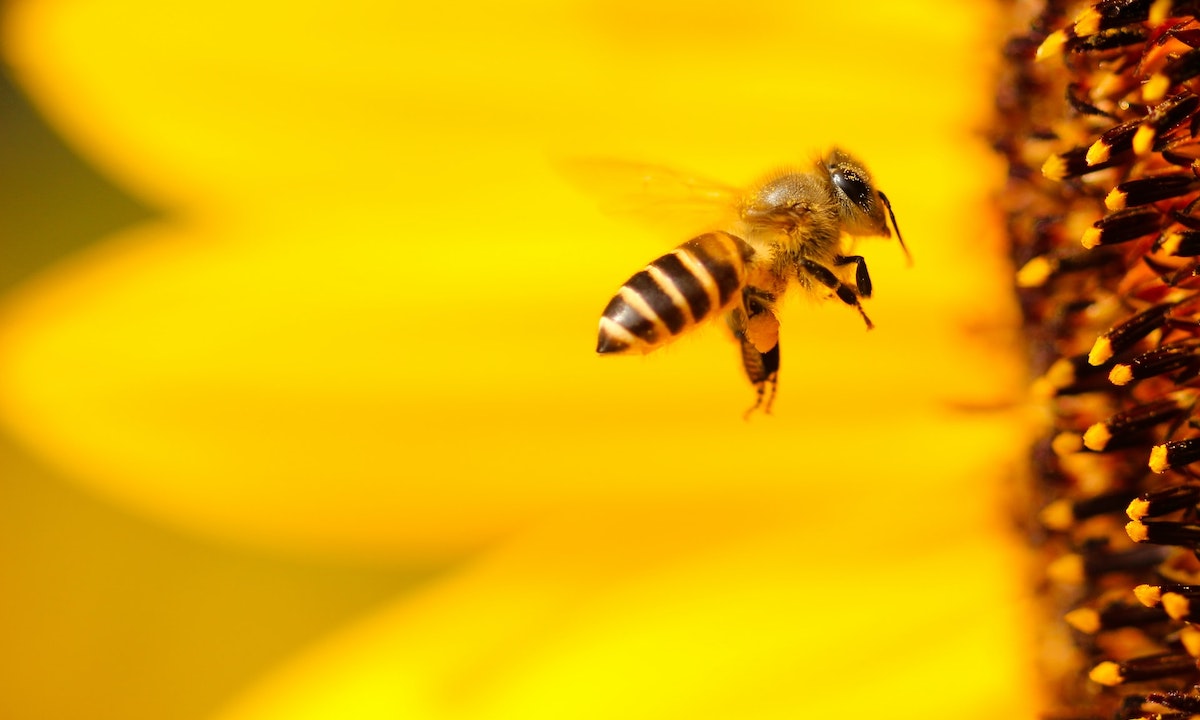

It’s no secret that bees “dance” to give each other directions to nearby food sources. But a new study has just proven that, contrary to popular belief, bees aren’t born knowing how to bust a groove. Instead, they have to be taught—usually by older bees that act as dance instructors.
Videos by Outdoors with Bear Grylls
In the study, an international team of researchers determined that, like humans and birds, bees learn a lot of their social behaviors from their family members. That includes the famous “waggle dance.”
Bees use the so-called waggle dance to share navigation instructions with other hive members. If you observe the bees in the below video, you can see one bee repeating wiggling movements that look like dance moves. Each movement corresponds to a turn the bee had to make or a distance it had to fly to reach a food source. In the video, you can see one bee showing off its moves—and then other bees following it around, trying to learn from the demonstration.
After carefully studying these behaviors, the scientists determined that, not only do bees learn new dance moves from their sisters, but they can get even better at the waggle with practice over time.
To prove this, the team concocted a clever experiment. First, they set up five colonies comprised entirely of young bees. In these five colonies, there were no older hive members to show the younger bees the ropes. The team then set up five more hives to act as a control group. These hives had a normal mix of old and young bees.
At first, the baby bees in the experimental colonies stumbled in their waggle dances. They made a number of mistakes, sometimes dancing at the wrong angle or for the wrong amount of time. But as the weeks went on, the young bees improved. Ultimately, they got pretty close to the skill level of the control hives, though they never quite nailed all the timing or movements.
Meanwhile, the young bees in the control hives improved at a much faster rate. Older bees—those more experienced in foraging—seemed to provide instruction to the younger bees, who were able to reproduce accurate waggle dances. Bees who observed these dances almost always found the appropriate flower fields on their first try.
In sum: hives with older bees to teach choreography tended to find food faster and more effectively.

Tamar Keasar, an Israeli bee expert, told Science News that this particular study is more than just a fun way to learn about bees. It also enhances our understanding of the insects—and maybe even our respect for them. These little guys aren’t just winged robots; they’re smart and adaptable. According to some studies, they can even be trained. Scientists are now using bees in trials to detect diseases like cancer.
In the end, the new study shakes up the idea that waggle dancing is all in the genes. Instead, it shows that honeybees tend to rely on social learning for top-notch communication. So next time you see a bee, remember, they’re not just great at making honey. They’re also dynamite dancers, constantly learning how to level-up their moves.









